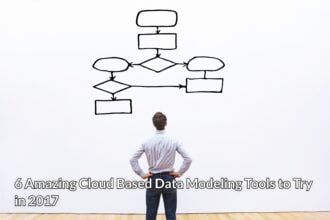This is a difficult blog for me to write. Why? Because I grew up in Chicago that is known for being the “city that works” which means rarely being dysfunctional. However this past week I was on a business trip in Chicago’s rival New York City and guess what? NYC seems to work too! I believe this is due in part to casual users applying analytics.
This is a difficult blog for me to write. Why? Because I grew up in Chicago that is known for being the “city that works” which means rarely being dysfunctional. However this past week I was on a business trip in Chicago’s rival New York City and guess what? NYC seems to work too! I believe this is due in part to casual users applying analytics.
New York City. Chaos or coordination?
My purpose for being in NYC was to present a seminar for the American Society of CPAs (AICPA) on “Financial Planning and Analysis (FP&A) and Business Analytics.” Analysts must have been applying analytics because to my delight my trip went smoothly. Here are some examples:
Flight departure. I travel a lot on business and hence periodically benefit from receiving flight upgrades to business class. But how do the airlines select who gets upgraded? The ticket price? Loyalty program status (gold and platinum)? Longevity of loyalty status? None of us know the weightings of their algorithm, but you can be assured the airlines have been optimizing their equations to influence retaining their most profitable they want to keep re-booking flights with them.
Hotel check-in. Since I travel a lot I also benefit with hotel room upgrades. It worked this time. The hotel chain knew my preferences, and my upgrade was a perfect match.
Office building elevators. You may not think that analytics plays much of a role with elevators, but the ones in the AICPA building are “smart elevators.” You do not press the “up” button and enter the next elevator door to open. Instead you key in your destination floor number, and it replies with which specific elevator to wait by to enter when it arrives. The algorithm dynamically optimizes in real time the minimum time that anyone will be serviced to their selected floor.
City walking tours. During my NYC visit I took time for guided walking tours to Greenwich Village and Brooklyn Heights using a website. It was personalized. The tour guide provided their e-address and frequently communicated to those registered the maximum number that could attend the probabilities of cancellations for no shows and cancellations for those wait-listed.
Subway train intervals. Summer is peak tourist season in NYC, and many use the subway. I did. The trains were packed full, but not over-packed. How did they know the number of cars per train and interval times to schedule? It is with analytics. The historical entry turnstyle data provides them volume information by day and time of day to forecast the needed capacity requirements.
Female statues. Here is a problem. One of the tour guides noted that of the hundreds of monument statues in NYC, only five are of females. Title IX in college sports funding for women is solving the male and female imbalance. NYC should use analytics to increase the number of women statues and their best locations.
Cities that work
Our lives are more hectic today than when we grew up as kids. When cities and their services work, it reduces all of our stress and living more enjoyable. Praise analytics!








